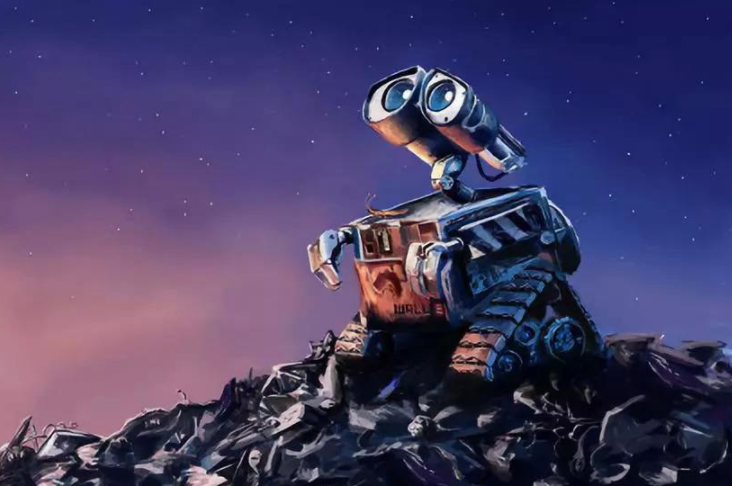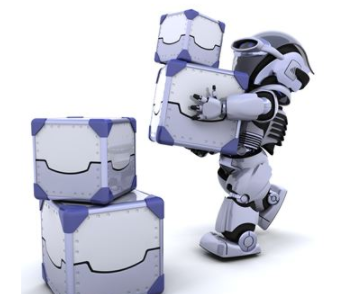In the future, hydraulic robots will show four major trends

However, based on the complexity, variability, harshness and non-mechanism of the water conservancy operating environment, certain requirements are also placed on the functionality, reliability, stability and flexibility of the robot. In other words, although water conservancy robots play a huge role, it is not easy to apply them widely. In this context, robots will need to follow four developments in the future.
The first is the development of large-scale. This is determined by the particularity of the application in the water conservancy industry. Many occasions in the water conservancy industry require large fully automated robots to replace some of the high-strength, high-risk manual operations, such as tunnel excavation and drilling. This requires robots to follow the trend of large-scale development, and constantly enrich and increase their product types.
The second is to develop intelligently. At present, the degree of intelligence of robots in the water conservancy industry is not high, and most of them are still at the level of the original automated machinery, and the human-computer interaction and autonomous learning ability are relatively low. In this case, in order to meet more intelligent and unmanned development applications. Need to expand thinking and technology to improve the intelligence of the robot.
Once again, it is developing towards networking. Network technology can broaden the application range of robots. Using network and communication technology, you can remotely control and operate robots, replacing people to work in more remote places. At present, in the context of the increasingly mature development of 5G and Beidou navigation, my country still needs to increase the integration of hydraulic robots with these technologies.
The last is to develop towards integration. From urban underground water conservancy to river and lake water conservancy to ocean water conservancy, with the continuous expansion of the water conservancy industry and the extension of demand, the functional requirements of robots are becoming higher and higher. In the future, water conservancy robots must be multi-tasking and multi-purpose, which makes it necessary to integrate more technologies and obtain more kinds of functions.
















 RCCN WeChat QrCode
RCCN WeChat QrCode Mobile WebSite
Mobile WebSite
